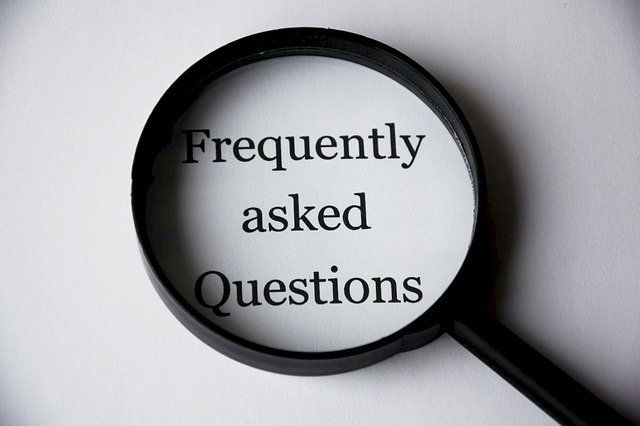FAQs related to fire protection

Disclaimer:
International Maritime Organization is a specialized agency of the United Nations that deals with matters referred to it by its Member Governments. This Organization is mainly involved in the development, on the basis of proposals by Member States, of international regulations, the practical application of which is the responsibility of the maritime Administrations concerned (i.e. the Government of the State whose flag the ship is entitled to fly).
Q1: Does IMO test, approve and certify products for marine use to comply with fire safety regulations?
A1: IMO does not test or approve products for marine use to comply with fire safety regulations, as this is under the responsibility of the national maritime Administrations (i.e. the Government of the State whose flag the ship is entitled to fly). The test is normally carried out by test laboratories which have been recognized by the national maritime Administrations. The approval itself is generally issued by the Administration, on the basis of such laboratory test. In this regard, the expression "IMO approved/certified" is used to mean "approved in accordance with the IMO Convention or other instruments concerned". Furthermore, IMO does not keep records of certificates issued by manufacturers/national administrations.
Therefore, it is advisable to contact the flag Administration concerned or a national maritime Administration and seek their advice as appropriate. The corresponding contact details can be found on under "Contact points".
A new GISIS module called " Test Laboratories and Halon Facilities" has been put into service, where a list of laboratories recognized by the Administrations which are able to conduct fire tests in accordance with the provisions of the 2010 International Code for Application of Fire Test Procedures (2010 FTP Code) are presented. The list is updated by the authorized individuals from the Administrations when necessary.
Q2: How does a fire testing laboratory become an authorized one to conduct tests in accordance with fire safety regulations?
A2: IMO does not authorize a fire testing laboratory, as this is under the responsibility of the national maritime Administrations (i.e. the Government of the State whose flag the ship is entitled to fly). Usually, the national maritime Administration where the laboratory is established is in charge of such authorization. Occasionally, national maritime Administrations may authorize those laboratories which are established in other countries.
Following the authorization, the laboratory is enlisted in a new GISIS module called " Test Laboratories and Halon Facilities". The list is updated by the authorized individuals from the Administrations when necessary.
Q3: I have suggestions to amend fire safety regulations in IMO instruments. Can IMO advise me on my suggestions?
A3: As a rule of thumb, IMO cannot advise whether any amendment would be acceptable before being discussed by the appropriate body. For fire safety regulations, a proposal should be made to the parent body, i.e. the Maritime Safety Committee, after which, the proposal should be referred to the Sub-Committee on Ship Systems and Equipment. The proposals are normally submitted by Member State(s) and/or observers to IMO.
Q4: How are fire-fighting safety equipment indicated on fire control plans and marked at various locations onboard ships?
A4: Fire-fighting safety equipment are indicated on fire control plans with graphical symbols and marked on board at various locations, such as on escape routes with signs. These graphical symbols and marking signs are the same in most cases, however, it would be wise to check the relevant instruments when applying the requirements in SOLAS, i.e. on fire control plans or at locations on board. The following instruments apply depending on the ship's building/structural modification date and the purpose of such graphical symbols and marking signs:
1) Graphical symbols for shipboard fire control plans (resolution A.952(23)): The primary purpose of this instrument is to provide guidance on graphical symbols when preparing the shipboard fire control plans required by SOLAS regulation II-2/15.2.4 (Fire control plans) for ships constructed on or after 1 January 2004.
2) Escape route signs and equipment location markings resolution (resolution A.1116(30)): This instrument, in table 3, provides signs to be used as location markings of fire-fighting safety equipment on board, required by SOLAS regulations II-2/15.2.4 (Fire control plans), II-2/13.3.2.5.1 (Marking of escape routes) and II-2/13.7 (Additional requirements for ro-ro passenger ships) for ships constructed on or after 1 January 2019 or ships which undergo repairs, alterations, modifications and outfitting within the scope of SOLAS chapter II-2, as applicable, on or after this date.
Therefore, in general, the graphical symbols in resolution A.952 (23) need to be used on fire control plans, whereas the marking signs of resolution A.1116 (30) need to be used as location markings. In particular, table 3 of resolution A.1116 (30) summarizes the standardized shipboard fire control plan marking signs used in workplaces and public areas on board to assist trained persons in the operation and management of shipboard fire-fighting safety equipment. Due to slight differences between resolutions A.952(23) and A.1116(30), the symbols in table 3 of resolution A.1116(30) should be used for fire control plans in those cases where a symbol for a specific item is not provided in resolution A.952(23).